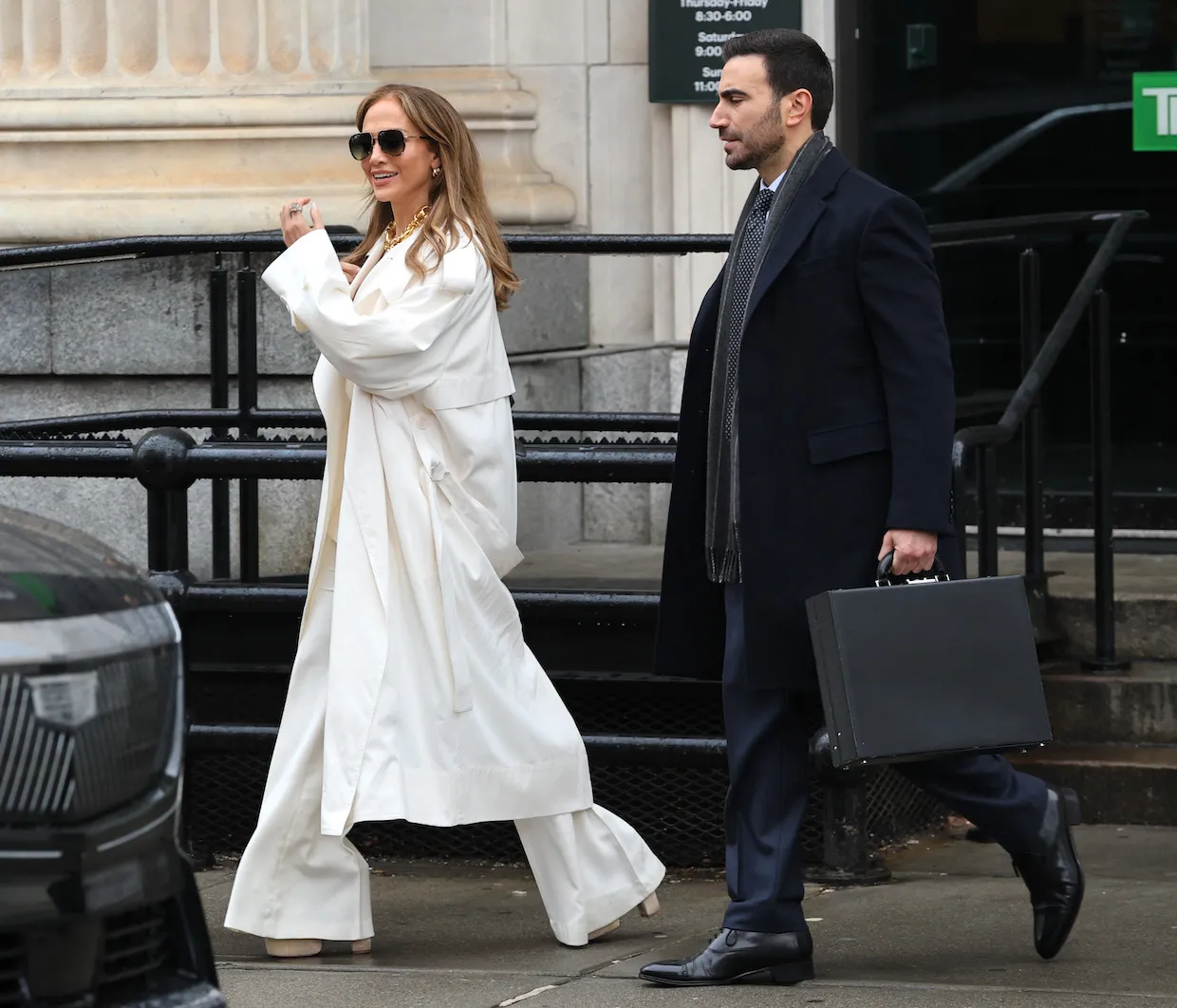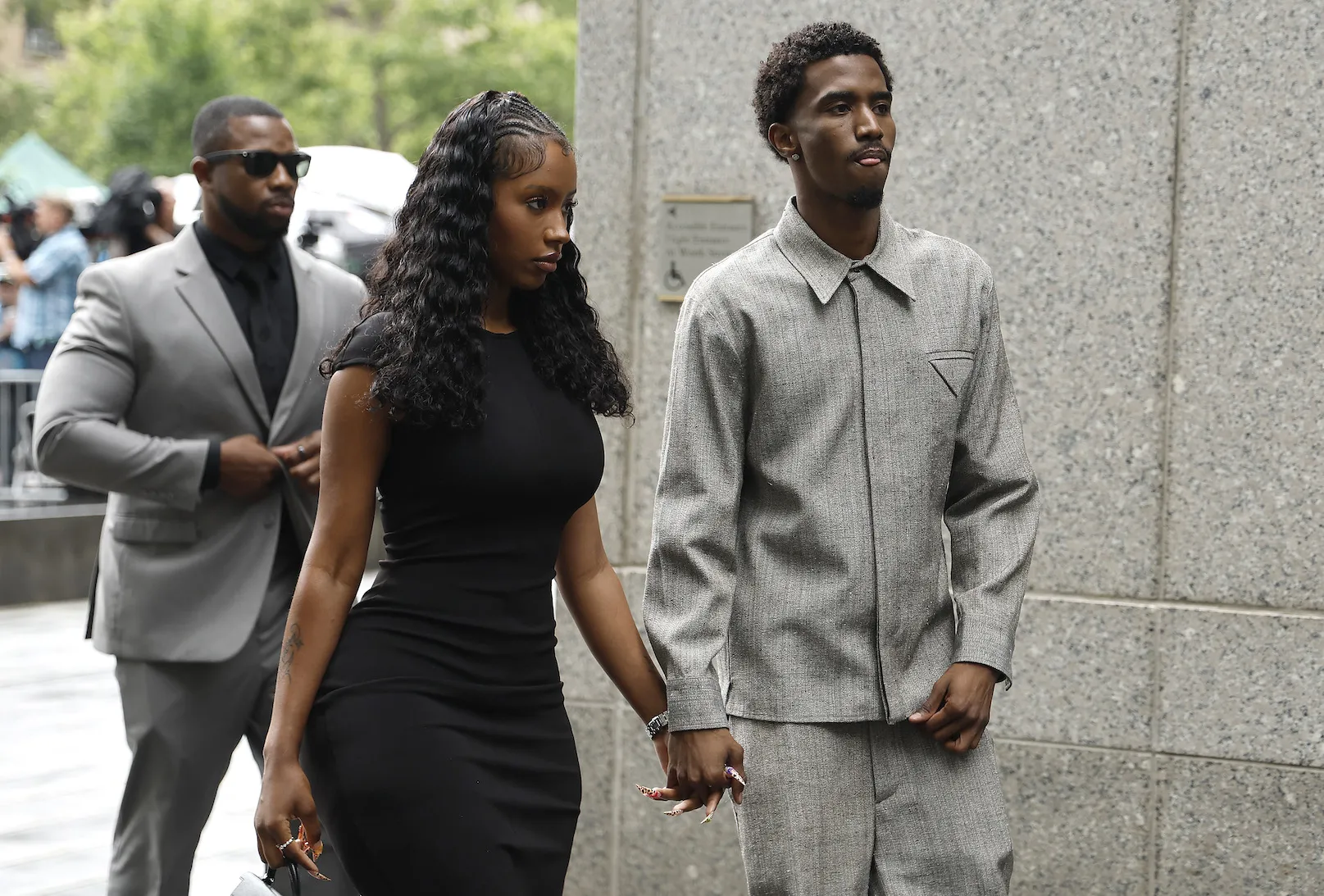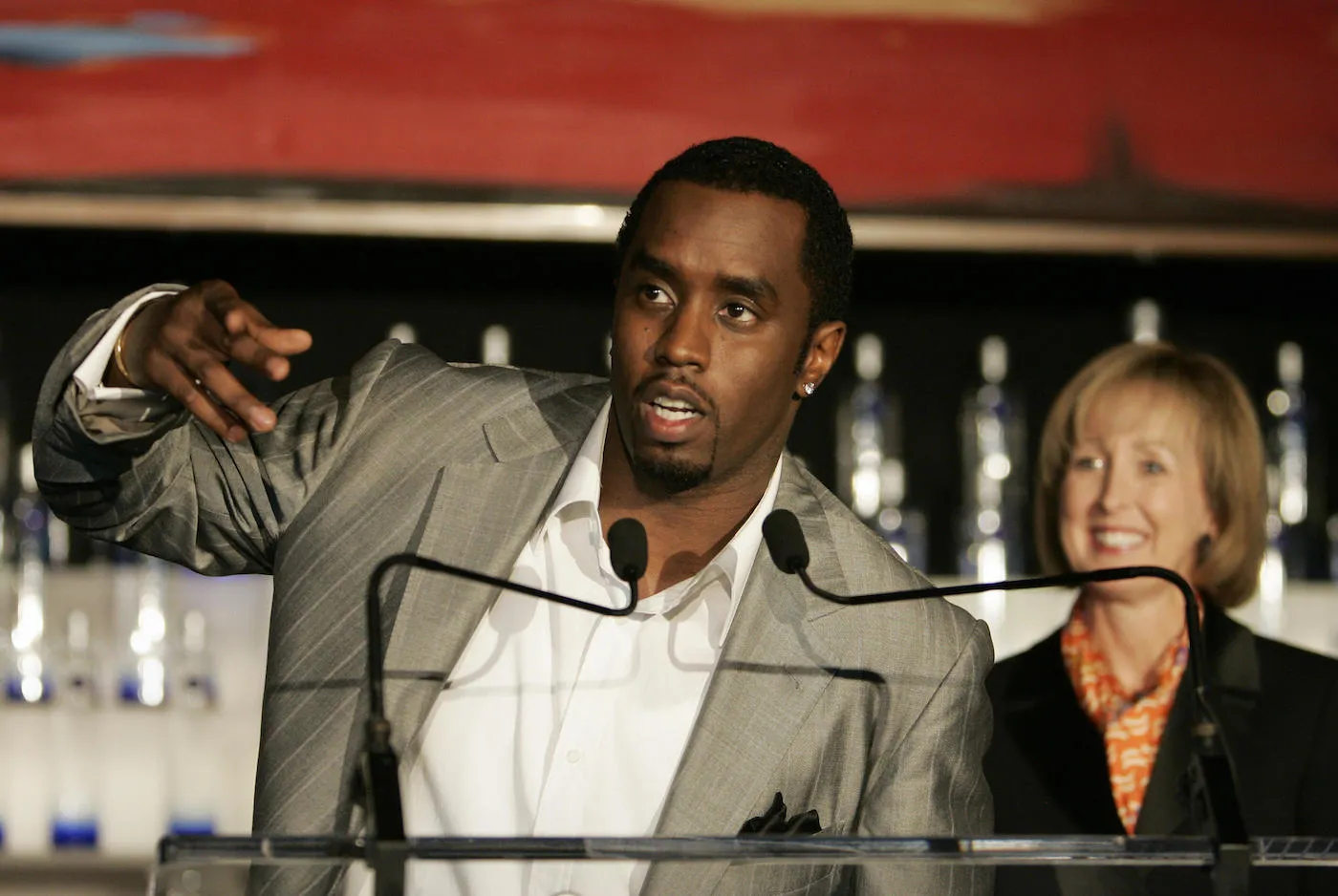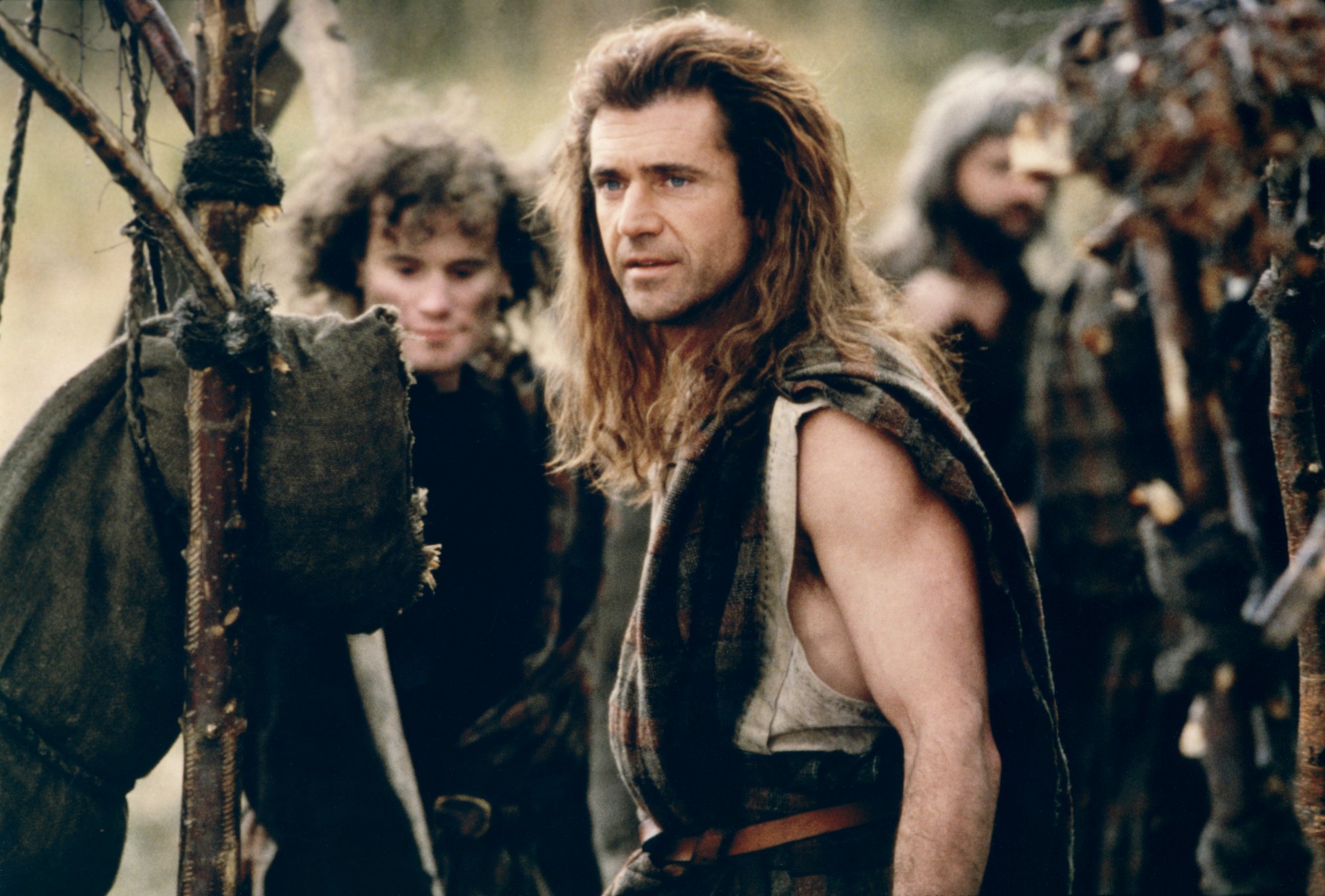
‘Braveheart’: The Battle of Stirling Bridge Took 6 Weeks For Mel Gibson to Film and Didn’t Even Include the Bridge
Braveheart is undoubtedly one of the most influential movies to come from the 1990s. The 25-year-old film paved the way for other war epics like Saving Private Ryan and Troy.
As iconic as the film is, it does have some quirky backstories, like how Mel Gibson thought he was too old to play William Wallace. Additionally, there is a little-known sequel to Braveheart called Robert the Bruce, which is sometimes dubbed as Braveheart 2: Brave Harder.
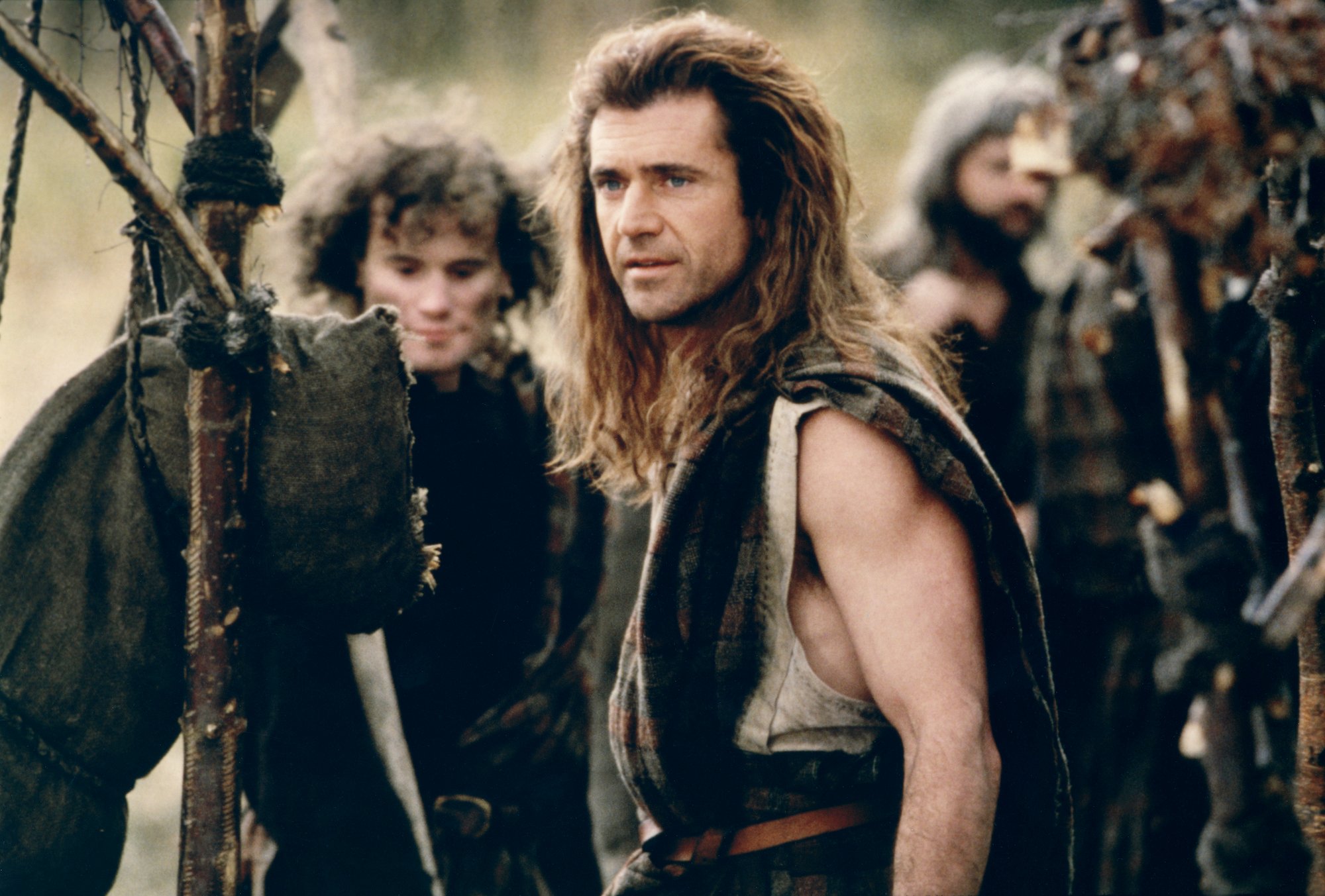
Today, Mel Gibson is often ridiculed for having a temper problem, and Braveheart is widely mocked for having major historical inaccuracies. One glaring example is that Scottish soldiers in the movie wore tartan kilts. But they wouldn’t be invented for another 500 years, according to The Scotsman.
Nonetheless, Braveheart still had grand technical achievements that left a lasting legacy on cinema. Because of its cultural impact, we decided to look back at this mid-’90s masterpiece.
Filming the Battle of Stirling Bridge
In the movie, the Battle of Stirling Bridge is preceded by the Scottish Infantry mooning their English rivals. Thereafter, the Scots lay a trap for the English cavalry by concealing their spears until the very last moment.
Filming the battle was not an easy process, and took nearly six weeks to complete. In total, there were about 90 hours of film for the entire battle as 9 different cameras were used, according to Film School Projects. Using this many cameras would make any scene lengthy to film, but the role of extras made filming time even longer.
Having filmed in the Curragh Plain region of Ireland, the crew didn’t have access to a bridge, which is why the scene takes place on grassland.
The role of extras
Extras played a critical role in all the battle scenes, especially in the Battle of Stirling Bridge. In total, about 1,400 extras were used, many of whom were members of the Irish Army Reserve. However, the extras were overworked and underpaid. It was common to work 14-hour days and only earn about $300 per week.
As such, many mistakes were made which added to the filming time. Extras would occasionally be wearing watches or sunglasses in shots, which led to reshoots. Even if the extras were error-free, filming the Battle of Sterling Bridge would have been a long process.
As only 1,400 extras were used for the battle, frequent costume changes were necessary while filming the scene. Many extras had to play parts of both sides of the battle at different points. Gibson and his crew planned for this and had to incorporate camera tricks and special effects to make armies look much larger.
Every shot during the battle had to be done with extreme precision, so Visual Effects Supervisor Mike Fink could utilize optical duplication techniques.
Is it historically accurate?
To put it nicely, no, Braveheart is not historically accurate. Many historians choose to use stronger language when pointing out Braveheart’s many inaccuracies. For starters, there was no bridge in Braveheart‘s depiction of the Battle of Stirling Bridge.
In real life, the bridge which crossed The River Forth played a critical role in Wallace’s strategy, as described by the BBC. Here’s how it really happened: The Scottish and English armies were on opposite sides of the bridge. English commander John de Warenne sought to end the Scottish rebellion as cheaply as possible, as they thought the Scots wouldn’t have a formidable army.
Instead of having cavalry cross the river at a different point to protect the crossing for the rest of the army, he just decided to do it all in one go. This played directly into Wallace’s strategy. As the bridge was quite narrow, it would take hours for the entire English army to cross.
After the crossing was only partially completed, Wallace decided to attack, nullifying Warenne’s superior army size. Wallace’s trap worked, and the English destroyed the bridge mid-crossing and retreated.
